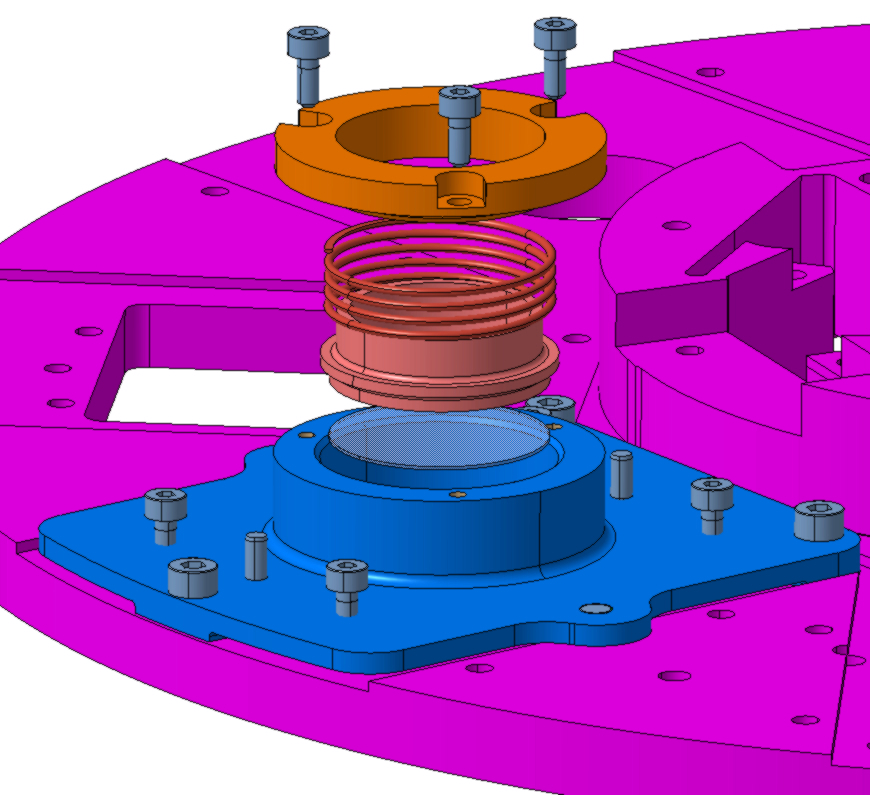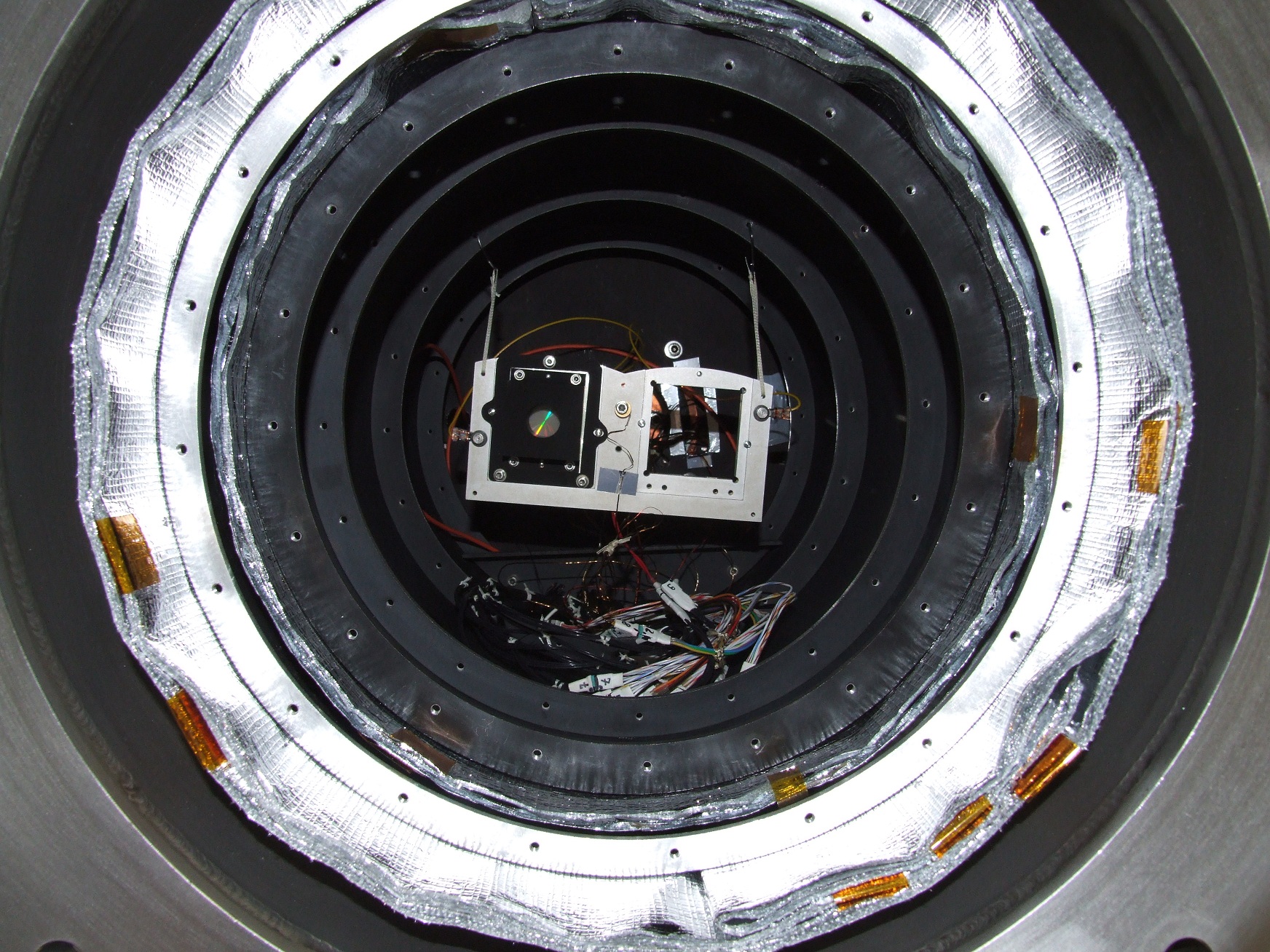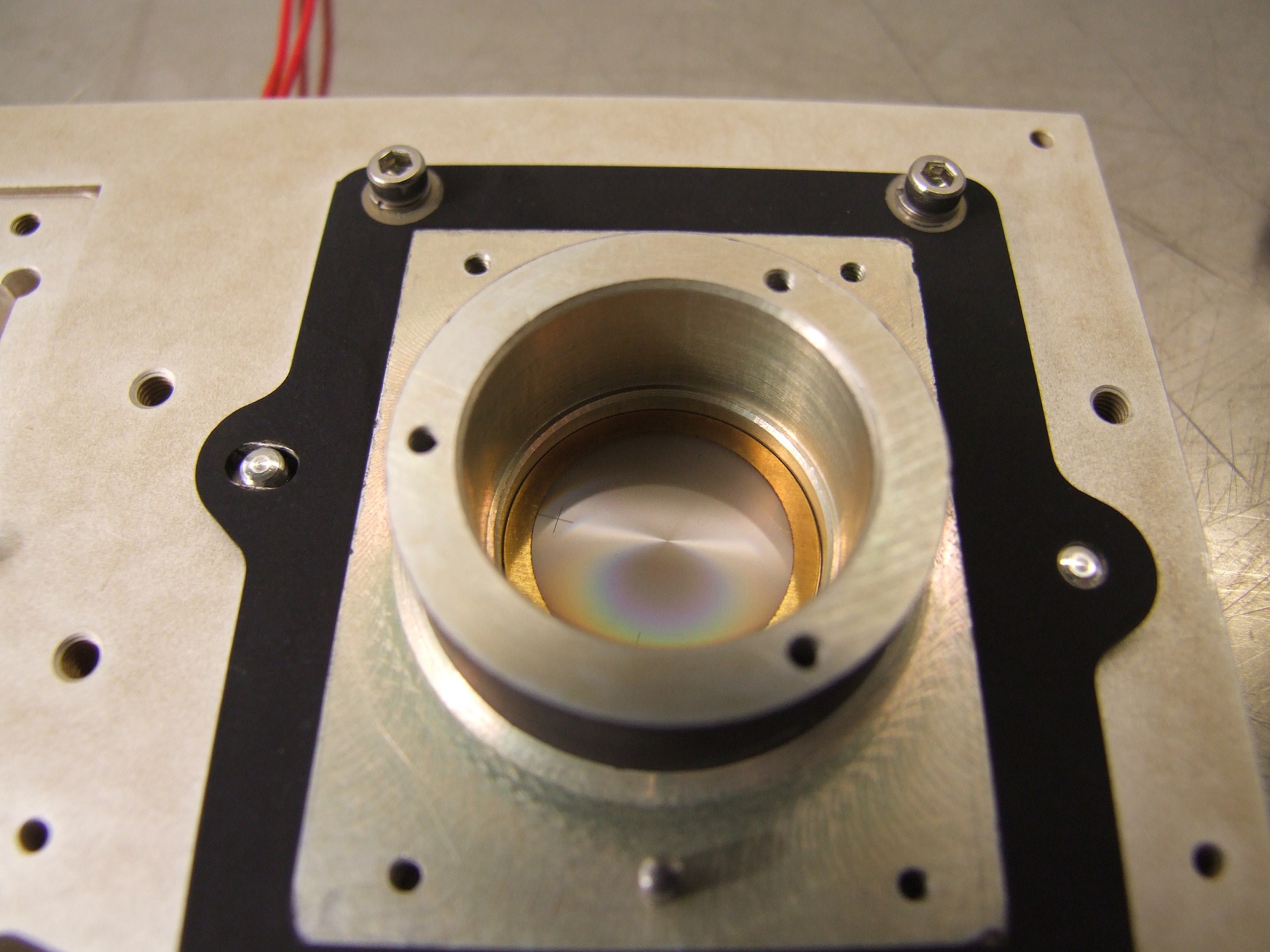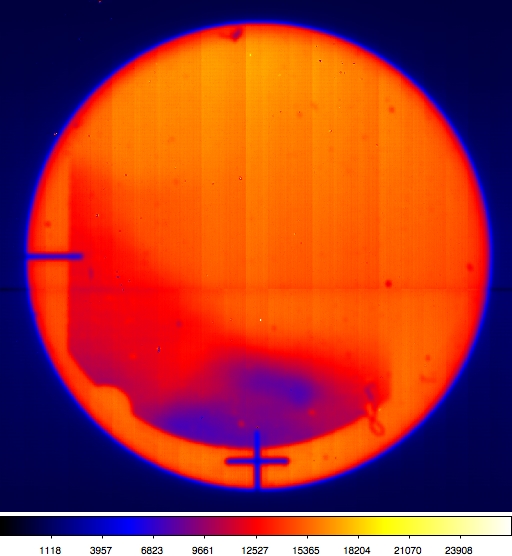We are collaborating with several instrument team and observatories to install, optimize and exploit our infrared vortex coronagraph on 10-m class telescopes around the world. Our main current collaborations are listed below:
-
European Southern Observatory (ESO):We have delivered in Fall 2012 an L-band AGPM and a custom-made opto-mechanical mount for installation on NAOS-CONICA (NACO), the adaptive-optics assisted infrared camera of the Very Large Telescope (VLT, Cerro Paranal, Chile). Our main collaborators for this project were Julien Girard (NACO Instrument Scientist at ESO), Dimitri Mawet, and several other ESO astronomers and engineers. The AGPM was commissioned in early 2013. NACO was then unavailable between mid-2013 and early 2015. The AGPM is now offered again as a standard mode in NACO, and has already been used by several teams outside the VORTEX project.
-
CEA-IRFU/Sap: We have collaborated with CEA (Saclay) and ESO on the installation of an N-band AGPM on VISIR, the mid-infrared imaging camera of the VLT. For this project, centering marks were printed by aerosol jet printed onto the AGPM, in collaboration with SIRRIS. The opto-mechanical mount, coated in a specific black paint, was designed and manufactured by GDTech. The AGPM was integrated in VISIR in mid-2012. Due to technical problems with the new detector, VISIR was not used on sky till late 2014. The AGPM mode of VISIR will soon be commissioned.
-
University of Arizona: An L-band AGPM has been delivered to the Steward Observatory (University of Arizona) for installation on LMIRCam, the thermal infrared imaging camera of the Large Binocular Telescope. The mount was designed and realized at the University of Arizona, while the Lyot stops were designed by Dimitri Mawet and manufactured at the Jet Propulsion Laboratory under the supervision of Bertrand Mennesson and Kent Wallace. The AGPM had its first light in late 2013.
-
Caltech / Jet Propulsion Laboratory: An pair of L-band AGPMs have been installed on Keck/NIRC2 in March 2015. Three nights of engineering in June 2015 allowed us to check its performance and validate closed-loop pointing control with the QACITS technique. We are now starting several science programme with this new coronagraphic mode on NIRC2.



